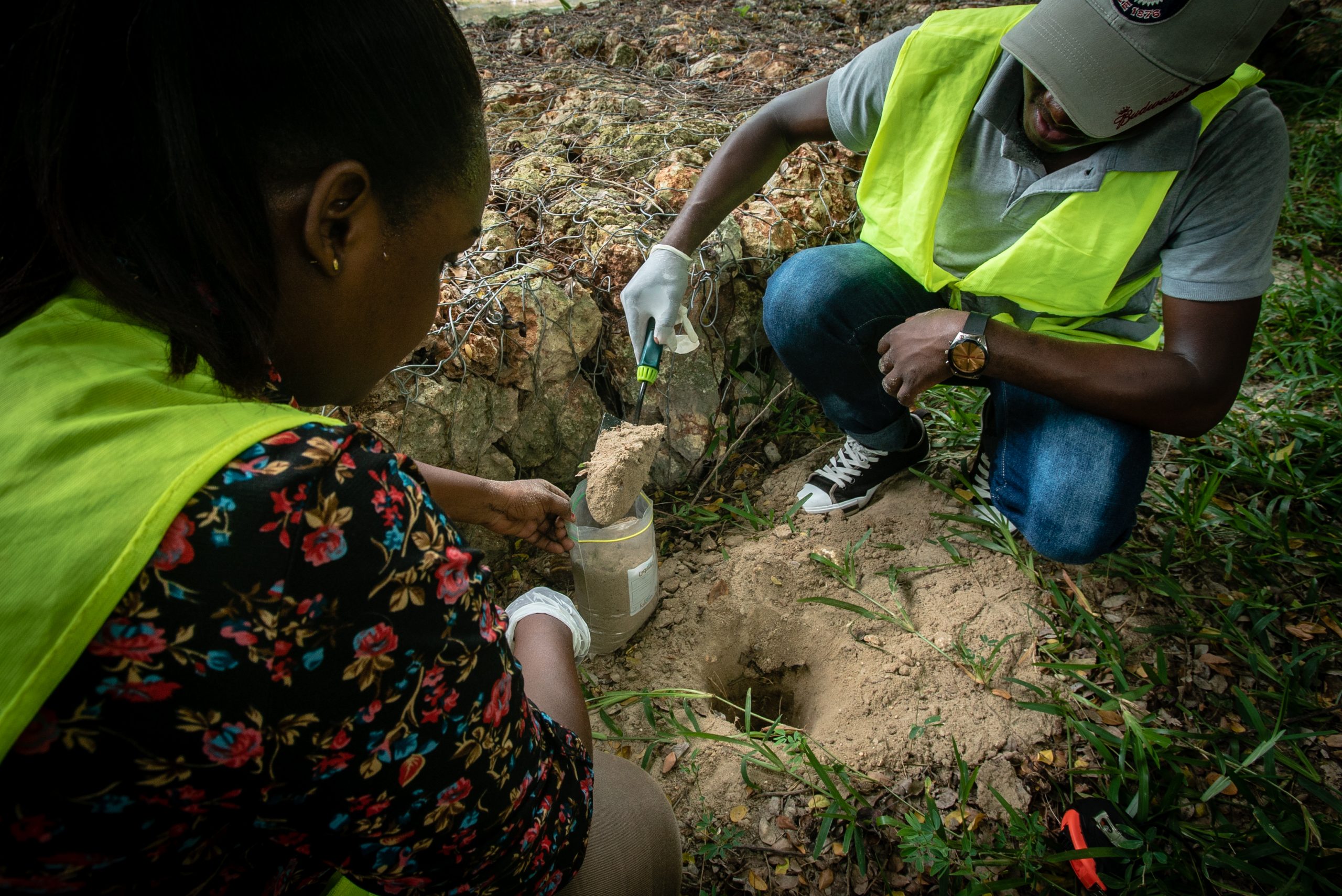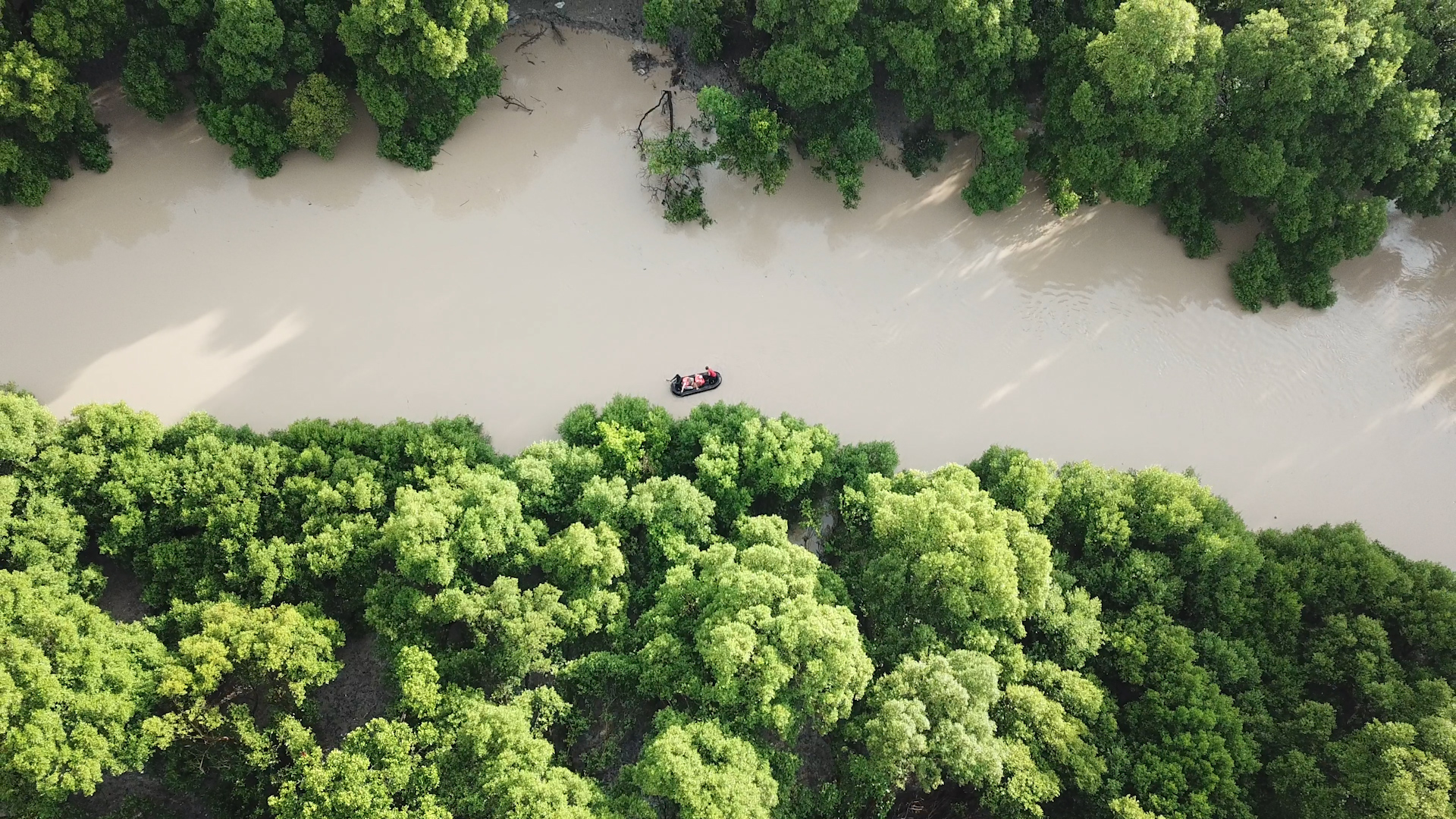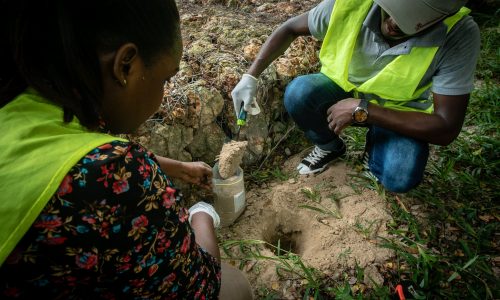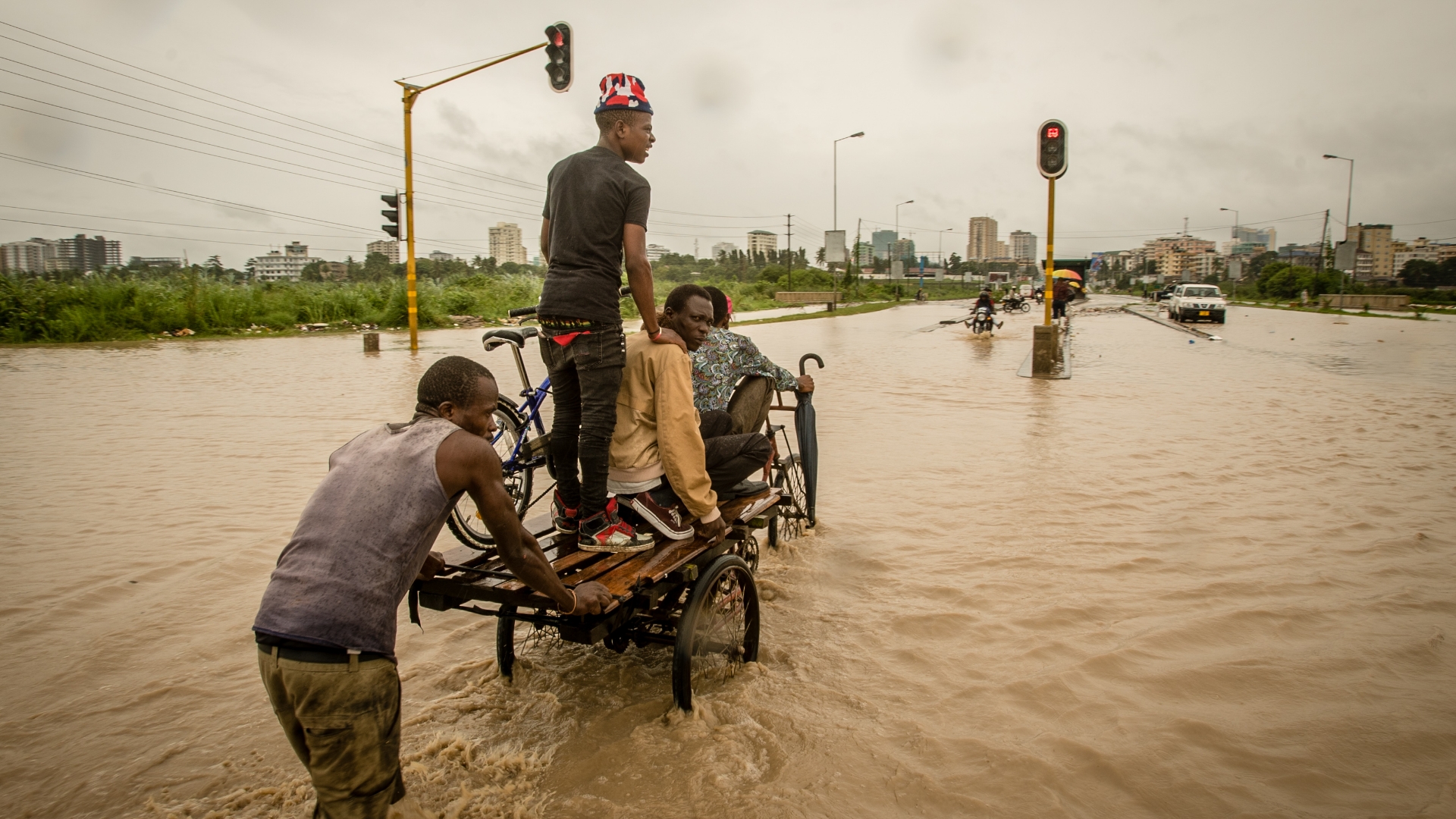
Dar es Salaam’s economy and infrastructure suffer from frequent and severe flooding, and the situation will get worse in the absence of major interventions. In May of 2019, uninterrupted rainfall caused serious flooding in Dar es Salaam; 1,215 households were displaced, roads and bridges were destroyed, and 1,560 dwellings were swept away. This disaster extends the growing list of flood events that have struck the city in recent years.
Dar es Salaam was affected by similar incidents in 2009, 2010, 2011, 2014, 2015, and seven floods alone impacted the city between 2017 and 2018. These events are a constant reminder of the urgency to address urban flood risk which causes major disruption to mobility, basic daily routines such as getting to work or school, and worse the diseases that dirty flood waters bring to affected communities.
The health impacts can reverberate for months after flood waters subside, and without taking action now, flood risk and health hazards will further increase in the coming decades because of urban intensification. But the impact of floods in Dar es Salaam should also be understood as a barrier to poverty reduction and a constraint on national economic growth.
Recently published World Bank research provides insights to the scale of the problem in the city; exposure to floods is wide-spread with at least 39 percent of the population, or 2 million people, having been impacted either directly or indirectly by floods.
The April 2018 flood alone affected between 900,000 and 1.7 million people. Beyond these stark numbers, this research also shines a light on the role of poverty in terms of exposure, vulnerability, and socioeconomic resilience. We are now able to begin understanding who is affected by floods, how much people lose in floods, and to what extent those affected can cope with and recover from floods.
A closer look at income distribution reveals that the poor and vulnerable are over-represented among those affected by floods in Dar es Salaam; people experiencing direct flood damages have per capita expenditures that are 14 percent lower than non-affected people and are also significantly more food insecure than the average.
Another concerning insight is that female-headed households, which are less equipped with the tools to cope with disasters, are more likely to be affected.
By extrapolating the results to a city level, the April 2018 flood cost the population an equivalent of 2 and 4 percent of the city’s GDP, or between US$107-227 million in losses. On average, affected households lost 23 percent of their annual expenditure. This equates to 84 days of a typical household expenditure. However, the results of the vulnerability assessment are somewhat surprising. Poorer people were not the ones who lost the most in relation to their income.

One explanation is that poor households have fewer assets to lose and are less likely to undertake housing repairs, resulting in a lower monetary value of losses. This does not mean that the poor are less vulnerable to floods. When asked about their experience of the floods, affected households consistently responded that their biggest concern was their health and that of their children. Having water in the house increases the risk of cholera and skin infection. When the flooding gets out of control, parents struggle to keep their children out of the water. Therefore, in addition to the healthcare costs, flood exposure is associated with enormous stress and discomfort, impacts which are challenging to capture in impact assessments of disasters.
Moreover, disasters are not isolated events. Recurring floods in Dar es Salaam place some people in a constant state of recovery, with a cumulative negative effect on poverty and prospects for the future. The data confirms that poverty is associated with lower capacity to recover.
Understandably access to finance can help people to recover from such shocks, but formal finance is seldom available. This is particularly the case for female-headed households which are 11.5 percent less likely to practice saving, and 9 percent less likely to have a bank account when compared with male-headed households. Investments for urban flood control in Dar es Salaam can help reduce poverty if targeted and designed thoughtfully.
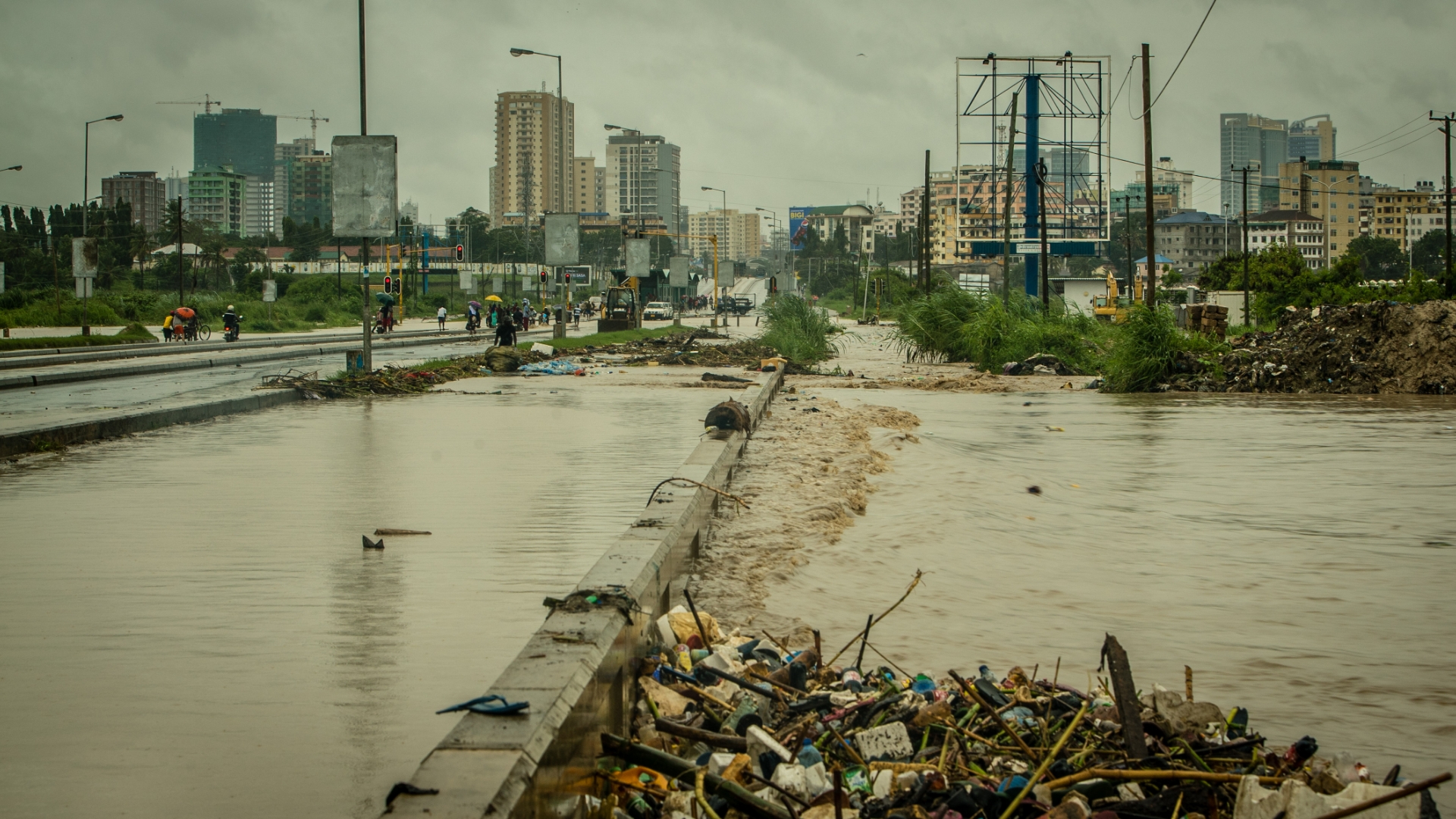
A balanced integration of traditional infrastructure-focused measures, such as dredging and channeling works, drainage systems, combined with innovative nature-based solutions can be accompanied by non-structural measures such as risk-informed land use planning, building guidelines, forecasting, and early warning systems. But to also strengthen vulnerable populations, investments need to be integrated with considerations of financial inclusion and social protection. Boosting Dar es Salaam’s resilience to floods will not only help affected households escape poverty, but it will also boost the city’s important economic contribution to a more prosperous Tanzania.
More Highlights
More Articles

